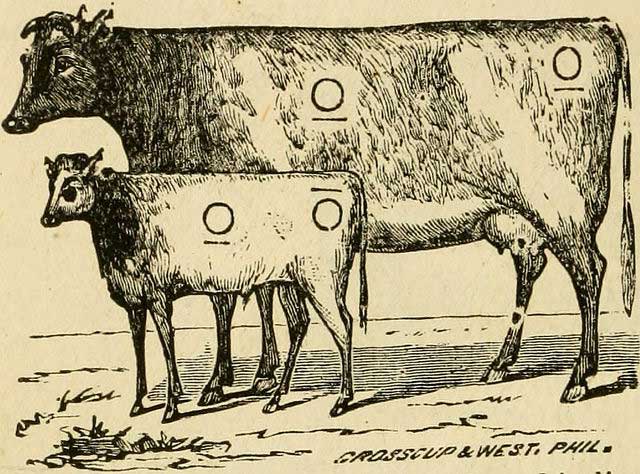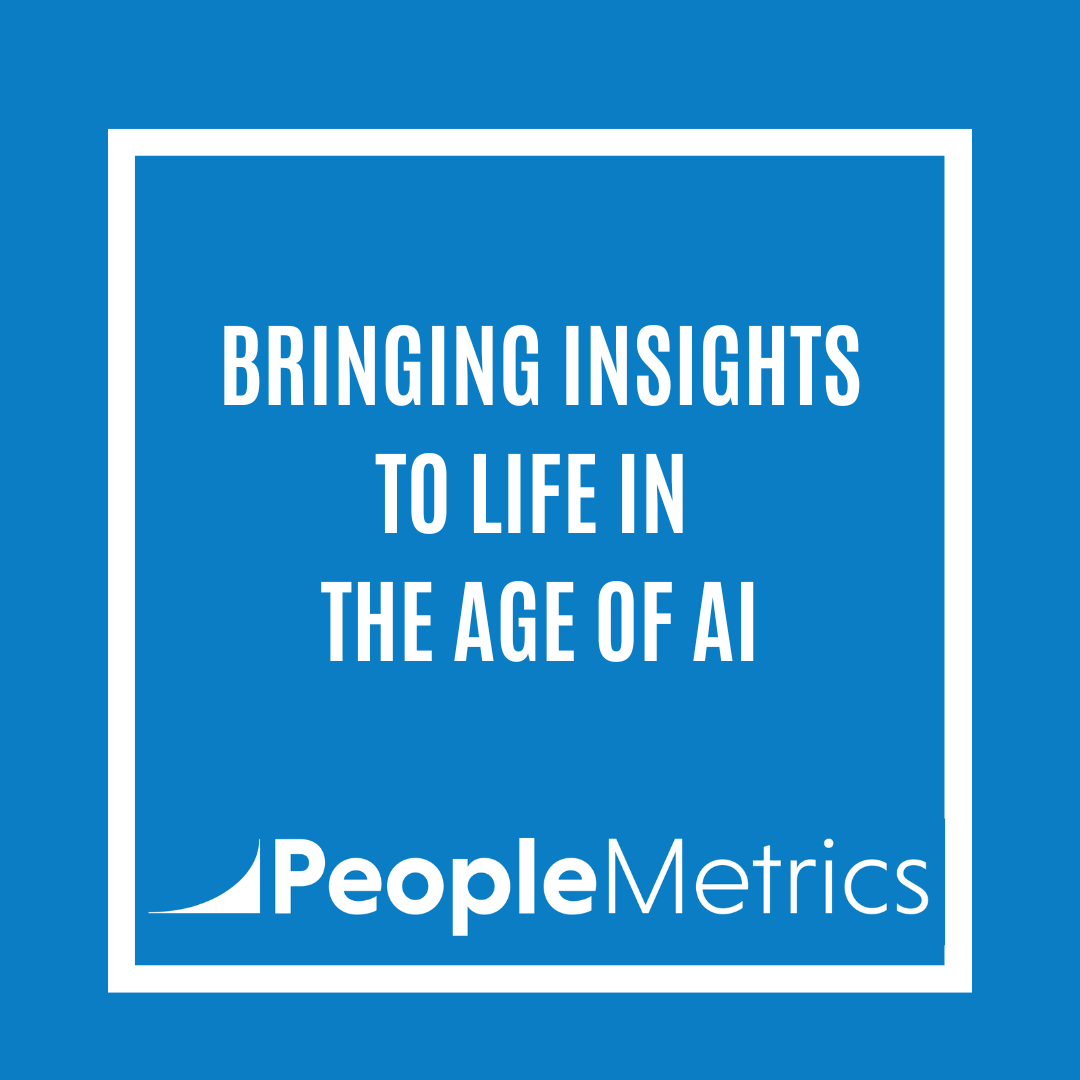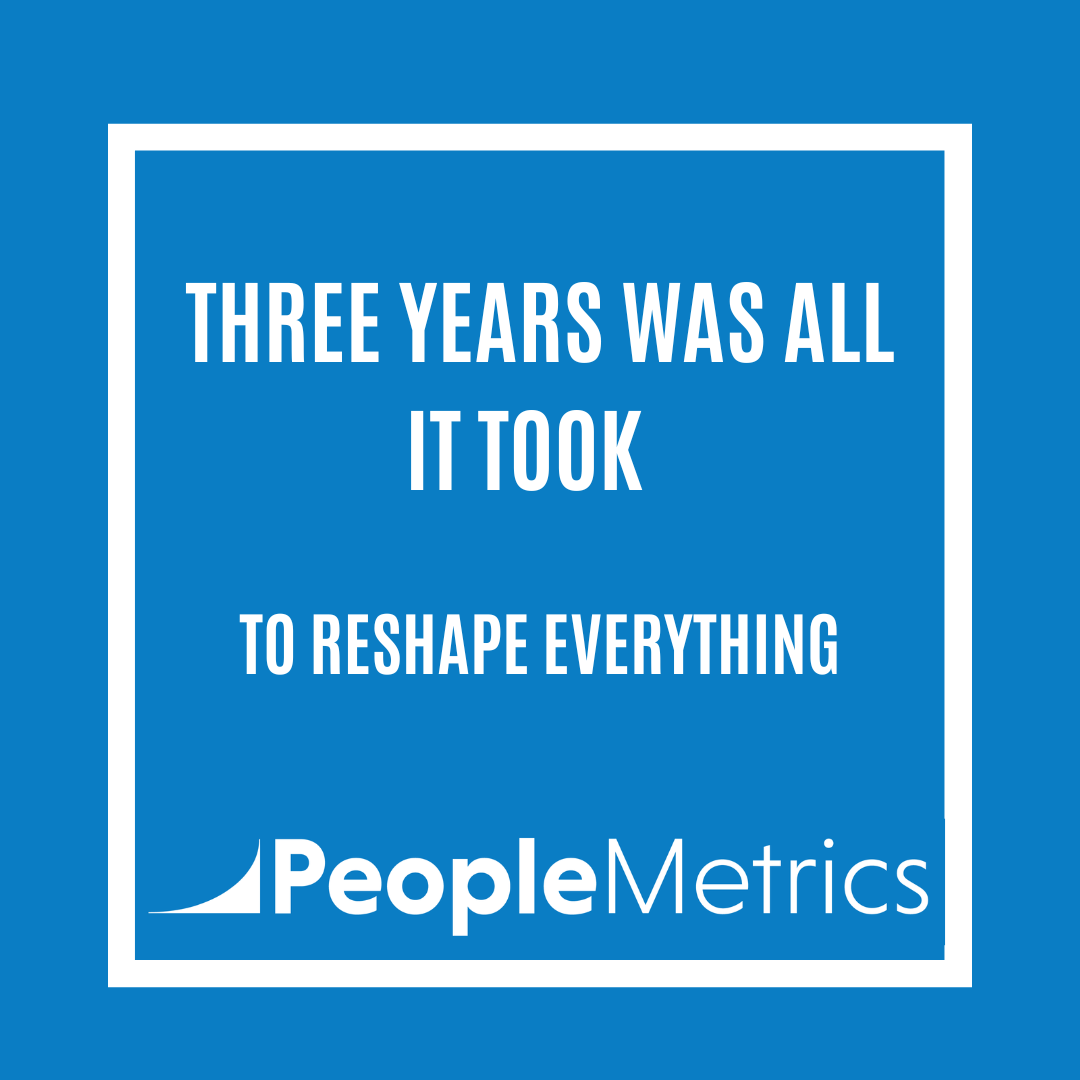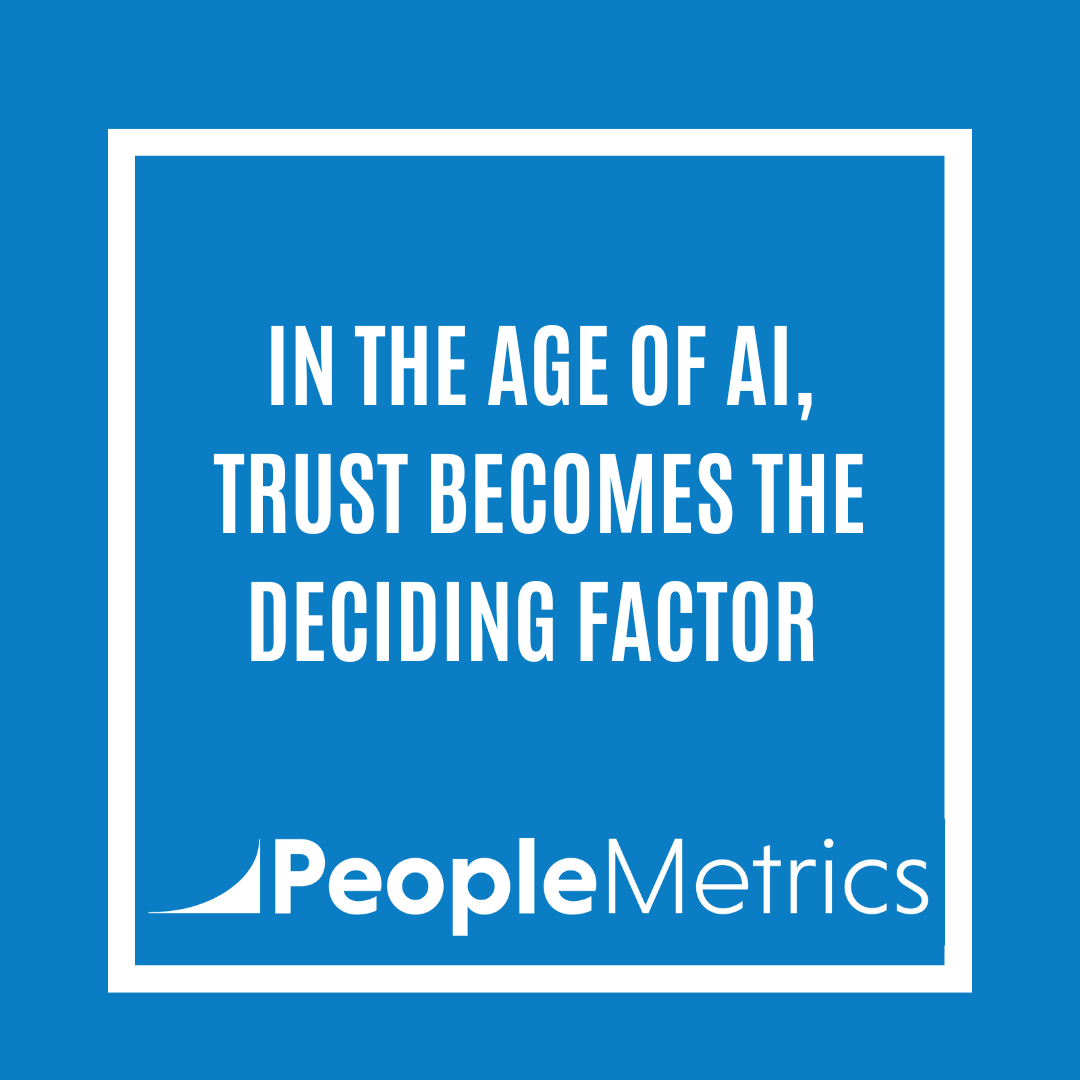A few of us at PeopleMetrics were talking the other day about customer experience. (Like we do.) And we meandered our way to an interesting question:
What is the difference between brand and customer experience?
Any confusion between the two is understandable: they are intertwined and generally defined by perception. But where does one end, and where does the other begin?
“That’s Mine”: A Short History of Brand
The concept of “brand” originates from cattle ranching. More specifically, it originates from the practice in which cattle ranchers would use a red-hot iron to sear an insignia into their livestock to prove ownership.

“Brand” translated to marketing and advertising naturally: that world is one of insignias (i.e., logos) and ownership of product. Companies stamped their logos onto products as symbols of their provenance, and also to attract potential customers.
Over time, the concept has grown to cover more than physical insignia. “Brand” now denotes the overall impression of a company based on its products and its services. For example, Nike’s brand is more than the “swoosh.” The brand is a collective impression of what that swoosh represents: sports, fitness, sleek design, high performance, and the like. A Nike product, store, or service evokes a certain feeling, which we could label Nike’s “brand.”
Now, because a brand is about impression, it can exist without tangible interaction. For example, you can know Nike’s brand reputation without ever walking into a Nike store or wearing a pair of their sneakers. You can decide whether you’re a Nike person without ever buying a single product.
“Nice to Meet You”: A Short History of Customer Experience
Historically speaking, customer experience (CX) is centered on the interactions between companies and their customers. In essence, CX is based on the feelings that arise once customers engage with your products, services, and channels.
Every customer’s experience is unique because, well, each customer is unique. For any customer, the experience begins the moment they interact with your company. It becomes more informed with every touchpoint, and it continues as long as the customer engages with your company.
Perhaps it would help to imagine your CX as lily pads, and your customers as frogs trying to cross a pond. Different customers may cross the pond in similar sequences of lily pads. Some may take unique paths. Some may fall into the water and be lost forever.
To an individual customer, your CX is the path to the goal—the sequence of lily pads they took to the other side of the pond. Their feelings about your experience are informed by the lily pads they touched. Did each lily pad support them? Did each lily pad stay afloat? Did each lily pad move them closer to the goal? Did they feel solid, or even surprisingly pleasant underfoot?
To you, your CX is the overall organism—every lily pad and also the intricate root system under the water. You want to nurture the healthiest plant possible, so you can support the most frogs on their journey across the pond.

“Yes, That’s Mine, It’s Nice to Meet You”: A Look at Yesteryear
Traditionally, a company began with a product or service, which created an overall impression (i.e., brand), and then that company managed that impression by leveraging media. Over time, and with enough effort, that impression could actually precede the product or service.
In other words, brand was the runway leading customers into the customer experience. Brand was the talk, or the company’s image and reputation. CX was the walk, or the ultimate proof of the company’s value to customers.
The Difference Between You and Nike
Let me confess: Nike’s brand is a loaded example. The circumstances of Nike’s climb to global recognition—the University of Oregon, Bill Bowerman, the Michael Jordan mythos—are unique and impossible to replicate. Nike built an image-driven brand well before our current information-saturated, mobile-driven, social-media world.
That’s the difference between you and the Nike brand. Timing. (And well, a lot of other things too. But let’s stick with timing.)
Right now, for you, no amount of clever branding tactics or marketing budget will add up to improved customer experience. To make the biggest impact in your space, your aim should be to provide such a wonderful experience that your customers recommend you.
“They’re Outstanding, and You Should Meet Them”: Tomorrow’s Approach
Let’s return to the question that started this whole discussion:
What’s the difference between brand and customer experience?
Well, the answer depends on your perspective. If you’re mired in the thoughts of yesteryear, you probably think that branding is the gravitational pull that leads into the customer experience.
If you’re like us, you don’t think there is a difference.
At PeopleMetrics, we believe that customer experience is the next stage in the evolution of brand. We believe the companies who survive today’s business landscape will succeed because of their commitment to improving the interactions they have with customers. Their brands will be informed by those interactions, not built separately from them.
In other words, we think of brand as the curtain, and customer experience as the machine behind that curtain. If customer experience is outstanding, people will care less about the design on your curtain. They’ll come to see the machine.
This is why focusing on CX matters: it will improve the way your company does business. With an improved customer experience, your company won’t have to work as hard to tell people about how great your lily pads are. Your little frogs will do it for you.

Next Up
Interested in getting more frogs onto your lily pads, and making them sing? Then check out part two, which goes into more depth about how PeopleMetrics views customer experience as the future of brand. We’ll also explore how we at PeopleMetrics perceive the overall customer lifecycle, and we’ll dive into our new Voice of the Prospect solution.
- “Image from page 13…” by Internet Archive Book Images (no known copyrights)
- “froggies” by Liz West courtesy of CC BY 2.0
- “Ranas” by Emilio García licensed by CC BY-SA 2.0





